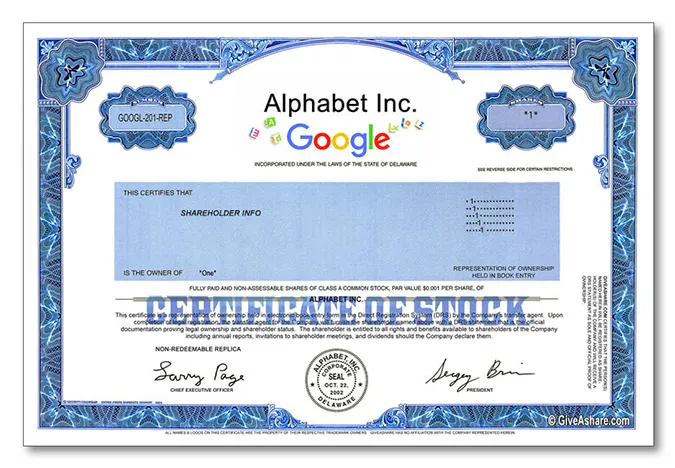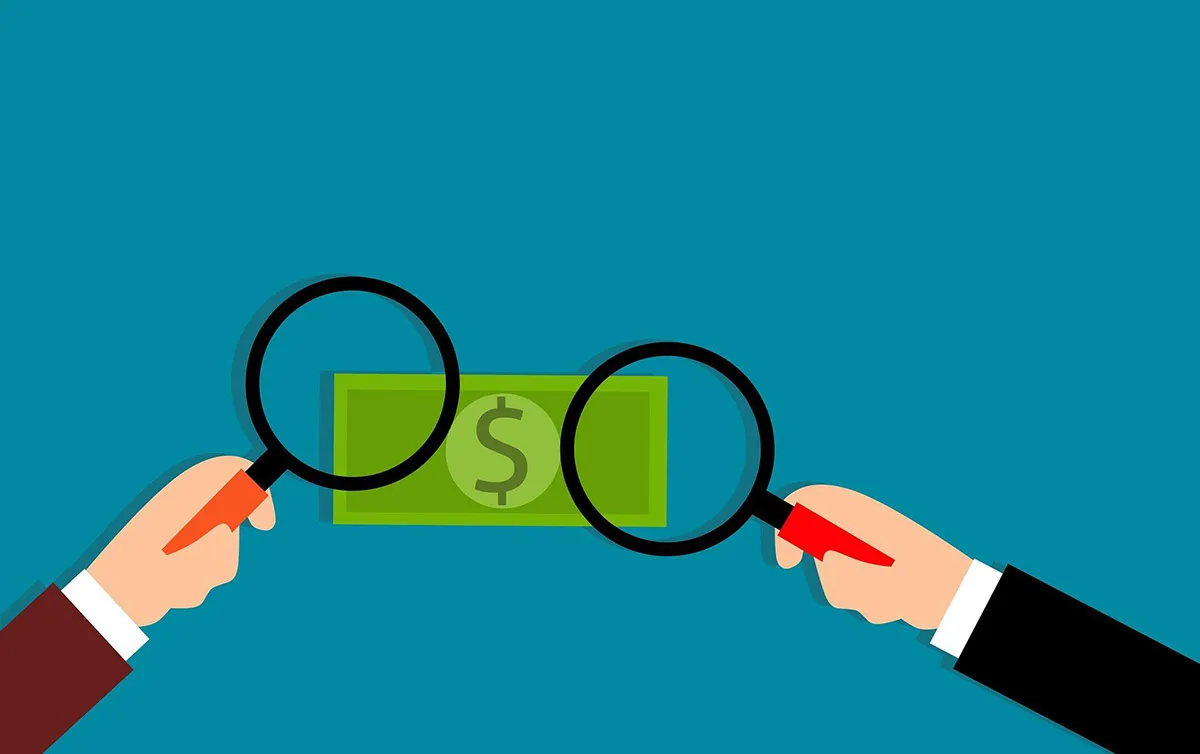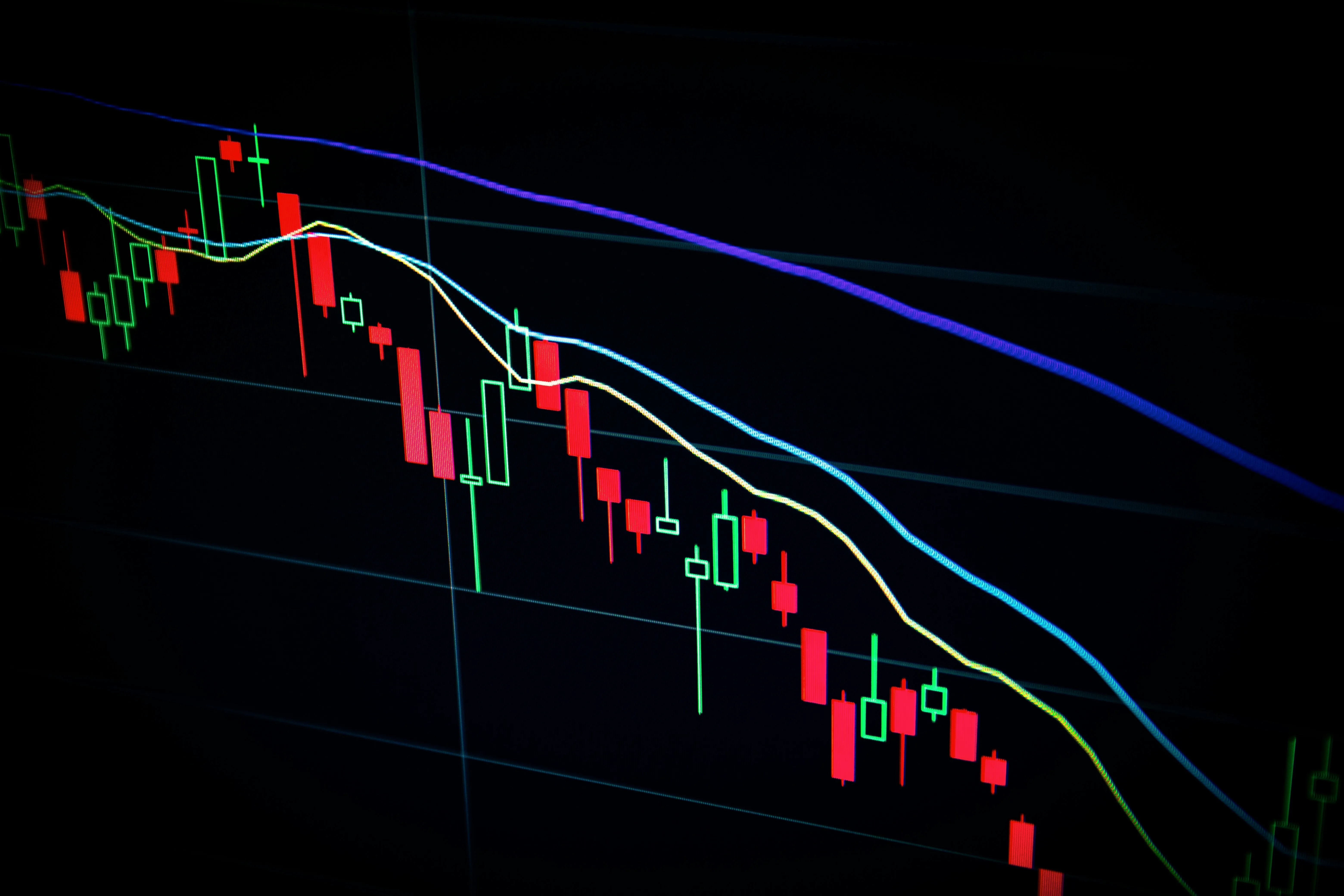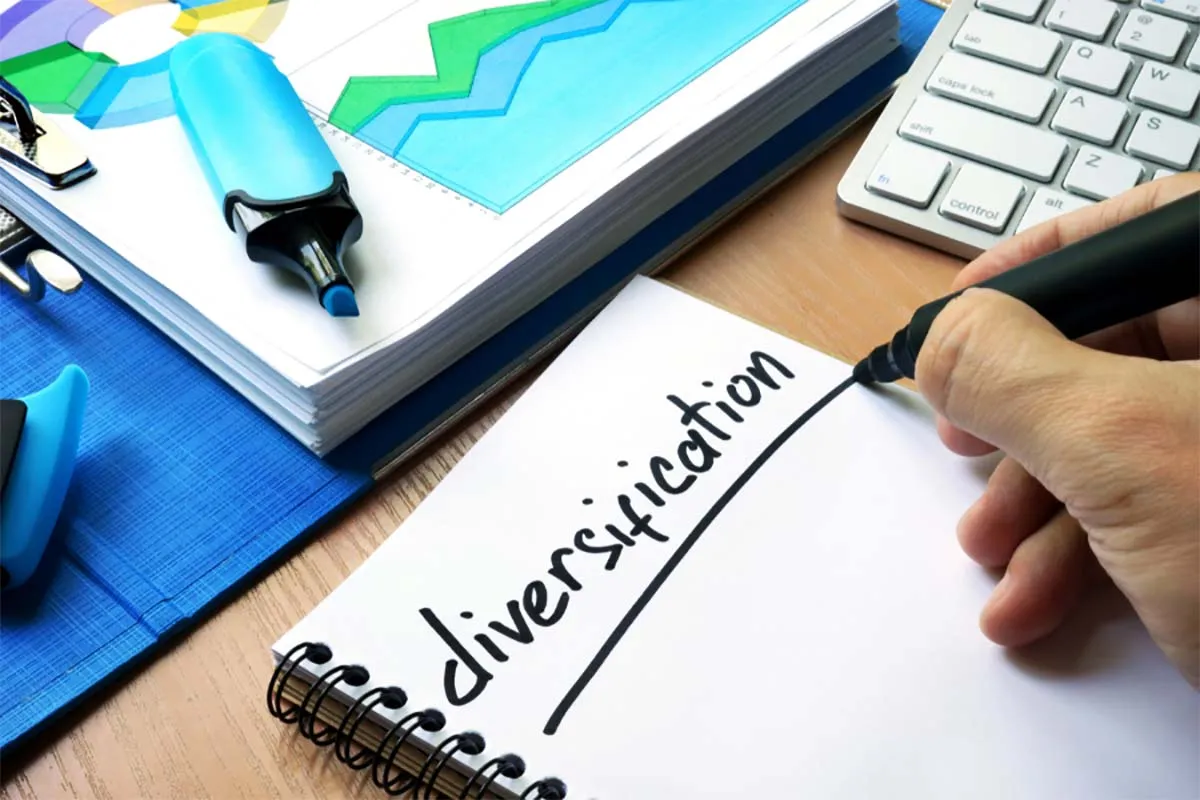Investing 101: What is a Stock?

- Much gets made about investing in the stock market – with good reason! Long-term investing in a wide range of stocks and other investments is one brick on the path to long term success.
- Buying stock provides a share of ownership, and a stake in the company’s future earnings.
- Understanding what investment ownership represents is the first step to better, more informed investment decisions.
Did you know, with just a few dollars, you could be an owner (well, a part owner) of some of the largest companies in the world! It just takes a few minutes to open an investment account if you don’t already have one, some extra cash in your checking account you haven’t spent yet, and the willingness to take on a little risk.

A share of stock represents a fraction of ownership in a public corporation (albeit usually a very small fraction). When you purchase stock, you begin to participate in the future earnings and growth of the company if things go well. If things do not go well for that company, unfortunately your stock could also lose value just as the company may lose value. As a shareholder you don’t participate in the day-to-day management of the company, instead your stock shares typically give you the right to vote on various company items including the members of the board of directors. The board is responsible for hiring the company’s management team and driving the direction of the firm. Owning shares therefore can be a way to benefit from growth of the company, without having to be involved in the actual operations of the company.
There are a couple of ways that growth in the company can lead to increases in your investment.
Growth of the Share Price
Think about the housing market you live in for a moment. It might be a hot housing market with increasing prices as more young professionals move to the area, or a cold housing market with bad weather and declining home values. Some homes might have unique features like a pool that really increase the value, other homes with foundational problems will likely sell below market value if they aren’t fixed first.
We can relate our knowledge of how home prices change to the stock market as well. There are many fundamental factors that contribute to a stock’s price and set a baseline for what the stock is worth. A company’s earnings per share, the value of the company’s assets (book value), how much debt the company has, are just a couple of these factors. These stock specific factors are like the home upgrades or maintenance issues that affect the value of that specific property. The general outlook for the industry and the economy are important too, just like the general outlook for your city probably affects your home value. At the end of the day, a stock price represents the future expectations for that company, and for its share price. If those various fundamental factors and market outlooks are expected to improve, more people may want to buy the shares and the price could go up. If those factors paint a less than rosy picture, your shares and unfortunately your investment value may start to slide.
Dividends
You have probably heard of investors receiving dividends on their investments. Somewhere, somebody’s grandmother is receiving income from dividends of oil company and telephone company stock their family bought 50 years ago. So, what are these dividends?
Remember as a shareholder you are a fractional owner in the earnings of that company. Sometimes a company will take all of its earnings and reinvest them back into the company. This is common for high-growth industries like technology or biotech. Many other companies however choose to pay out a portion of their earnings to shareholders, and this is known as a dividend. In particular, lower growth companies may pay a larger dividend to make their stock attractive to investors who are less concerned about rising share prices and more interested in income and steady payments. Utilities are the classic example of a low-growth dividend-paying industry.

Dividends have advantages and disadvantages. Dividend payments are income, so if they are in a regular brokerage account they will be taxable. However, if you are a long-term holder, they have the potential to be taxed at a lower rate than other earned income. They also convert some of your stock holdings to cash when paid, so you’ll want to keep an eye on your portfolio so you can reinvest the money or work with someone who can assist with managing your portfolio. While dividends can give your portfolio a little boost every year or soften the blow of a down market, just remember dividends are not guaranteed. A company can choose to reduce or eliminate its dividend any time, particularly during periods of financial crisis.
Risk and Reward of Owning Stocks
As you can see there are a lot of potential reasons to invest in stocks, particularly as part of a strategy to create long term wealth. But we cannot gloss over the risk associated with investing in stocks. Regardless of what specific companies you may own, drops in the overall value of the stock market of at least 10%, also known as “corrections” happen more frequently than you might think. Between 1946 – 2019 markets corrected 26 times by about 14% on average. “Bear markets” where stocks as a whole drop by at least 20% happened an additional 12 times averaging drops of over 30%. This is why so many advisors like me routinely preach the stock market is for long-term money only. Think 5 years or longer. You need time to ride out the ups and downs, and you don’t want to be stuck reaching into your investment account for a down payment or to pay a medical bill only to find it has dropped by 30% since the last time you checked it.

So why put up with those kinds of risks and downturns in the stock market? Because over the long term, the stock market has continued to rebound from these drops and reach new highs on a regular basis. There are no guarantees about any one specific investment or the future as a whole, but over that same time period from 1946 – 2019 with 38 corrections and bear markets, the average return of the S&P 500 Index was 10.89% including reinvested dividends. Put more bluntly $100 invested at the beginning of 1946 would be worth $209,334 at the end of 2019 if you stayed invested through the ups and downs.
Stocks for the long run
Owning a stock can be an exciting way to take part in the potential growth of a company and put the building blocks in place for long term wealth. Remember there is risk involved as well, your personal financial and life factors as well as the ability to allow your investments to remain invested over time should be considered before making an investment. Diversification and risk tolerance are also important factors that go into building a portfolio and an investor must also invest time in understanding these concepts or choose to work with a financial planner than can help sort out the right portfolio and the right amount of investment for you.



